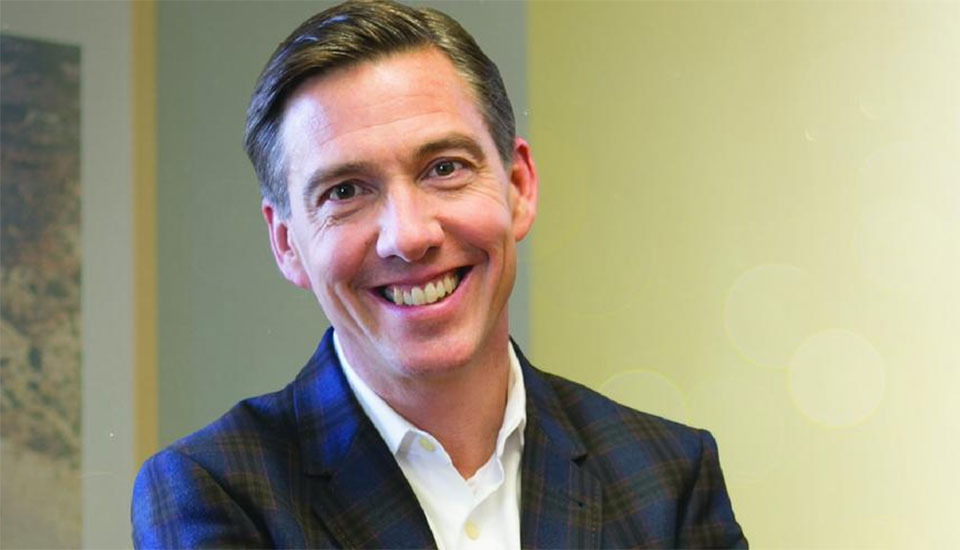New Year, New Plans—But No New Predictions

Predictions were rightly cancelled in 2020; instead, benefits professionals look to 2022 with thoughtful planning.
One of my new year’s resolutions is to never make another prediction. If 2020 taught us anything, it’s that predictions don’t hold much water. Instead, I’ve learned to make flexible plans rather than firm predictions. So, it’s with that mindset that I offer three trends from 2021 to help HR/benefits professionals make thoughtful, but flexible, plans for 2022.
- Workforce/talent management takes employers out of the driver’s seat.
The Great Resignation is real, with all-time highs in voluntary employee turnover nationwide. Although burnout surely is a top reason, employees not feeling valued might be an even bigger one.A Prudential survey, for example, asked employees to list the top issues that led them to re-evaluate their career path. In response, 50 percent said compensation, 34 percent said limited growth opportunities, and 23 percent said not being challenged professionally. Taken together, those factors in dissatisfaction are likely what’s driving employees to take a “my way or the highway” stance—even for employers whose pre-pandemic recruitment and retention strategies would have been considered highly generous and hyper-personalized.
To keep pace and compete in this talent environment, employers will need to think creatively to balance employee needs/demands for what they want from their workplace without sacrificing business objectives for financial success and growth. One way to achieve that balance could be through a renewed focus on upskilling and career pathing rather than hiring. Almost half of employees (48 percent) also told Prudential that the pandemic has made them rethink the type of job and career they want in the future, and 53 percent would retrain for a career in a different field or industry if they had the opportunity. Positioning your organization as one that not only offers people a role to perform now but a development and career path to explore in the future may well be a winning strategy in the ongoing race for talent.
But regardless of which road organizations take in driving their retention strategy, the employee-manager relationship is squarely at every intersection. The saying that, “People don’t leave companies; they fire their manager” is especially true in the post-COVID-19 environment. Gallup’s annual State of the American Manager report consistently reveals that the number one reason that employees leave a job is a poor relationship with their leader. Further, according to Gallup, managers account for a 70 percent variance in employee engagement:
# 96 percent of employees who are highly engaged with their manager are satisfied with the quality of 1:1 meetings.
# 97 percent of engaged employees report feeling seen and understood as a person by their manager.
# 90 percent of employees who are highly engaged with their manager feel a strong sense of belonging at their organization; those with a strong sense of belonging at their organization are twice as likely to stay.Yet, less than half of managers (48 percent) say they’ve been trained on how to support their direct reports in these areas. Managers are clearly employers’ first line of defense against the Great Resignation, which means additional leadership coaching and/or leader development paths could be among the soundest investment in upskilling that organizations can make going into 2022.
- The health care “hangover” likely will last longer (and be more expensive) than we thought.
One of the unexpected effects of COVID-19 has been employees putting off needed health care. As of summer 2020, 97 percent of medical practices reported a drop in patient volume and 41 percent of U.S. adults had delayed or avoided medical care—including 32 percent who went without routine care and 12 percent who deferred urgent or emergency care. Among those, 87 percent say the top reason for skipping health care was worries about the pandemic.Indeed, due to pandemic-related deferred care, 2020 medical claims covered by employer-sponsored plans were an average 5 percent lower than initial forecasts. In 2022, however, experts project a COVID-19 “hangover,” marked by increased patient utilization, that will lead to a projected 6.5 percent increase in employer medical costs.
Those projections, though, didn’t account for the increased costs for employers and employees will absorb to comply with the latest Occupational Health and Safety Administration rules that govern vaccine mandates for employers with more than 100 workers, effective Jan. 4, 2022. Further, those estimates also missed compliance costs associated with the federal No Surprises Act and Transparency in Coverage rules that will require employers to work with health plans to disclose and display upfront costs for 500 common health care services and eliminate surprise billing for out-of-network care.
Technology can go a long way to blunting these expected cost increases and their accompanying administrative burdens for employers. When searching for care, Americans care most about whether a potential provider accepts their insurance (72 percent), is convenient to their location (69 percent), and makes it easy and fast to get an appointment (47 percent). Data shows that employers that leverage technology to integrate ease and convenience into finding an in-network provider and booking an appointment can realize up to 9x ROI.
- Building and maintaining an organizational culture without walls challenges the notion of “culture fit.”
As employers consider their return-to-office strategies for hybrid or full in-person work, many will retain some type of remote workforce. And as we learned during the peak of the pandemic, “culture fit” takes on an entirely new meaning when culture needs to reach all the way across the country, and into individual homes rather than the hub of a traditional office space.As we navigate the new normal of not only how, but where, we work, organizational culture is a key part of the equation. So, what does culture without walls look like going forward? I’d suggest getting introspective about what sets your organization and employees apart from others in your industry or geographic area. What bonds your employees, if not free catered lunches or latte bars? What connects your teams, other than interlocking cube walls?
I’d venture that the answer lies in shared vision and values. For us at Businessolver, it’s a heart tuned toward empathy and celebrating our diverse differences, a drive toward organizational excellence, and unwavering commitment to client delight. Reaffirming those values with every employee and every hire is how organizational culture lives and grows beyond your headquarters.
Written by Jon Shanahan.
Add CEOWORLD magazine to your Google News feed.
Follow CEOWORLD magazine headlines on: Google News, LinkedIn, Twitter, and Facebook.
This report/news/ranking/statistics has been prepared only for general guidance on matters of interest and does not constitute professional advice. You should not act upon the information contained in this publication without obtaining specific professional advice. No representation or warranty (express or implied) is given as to the accuracy or completeness of the information contained in this publication, and, to the extent permitted by law, CEOWORLD magazine does not accept or assume any liability, responsibility or duty of care for any consequences of you or anyone else acting, or refraining to act, in reliance on the information contained in this publication or for any decision based on it.
Copyright 2024 The CEOWORLD magazine. All rights reserved. This material (and any extract from it) must not be copied, redistributed or placed on any website, without CEOWORLD magazine' prior written consent. For media queries, please contact: info@ceoworld.biz
SUBSCRIBE NEWSLETTER








